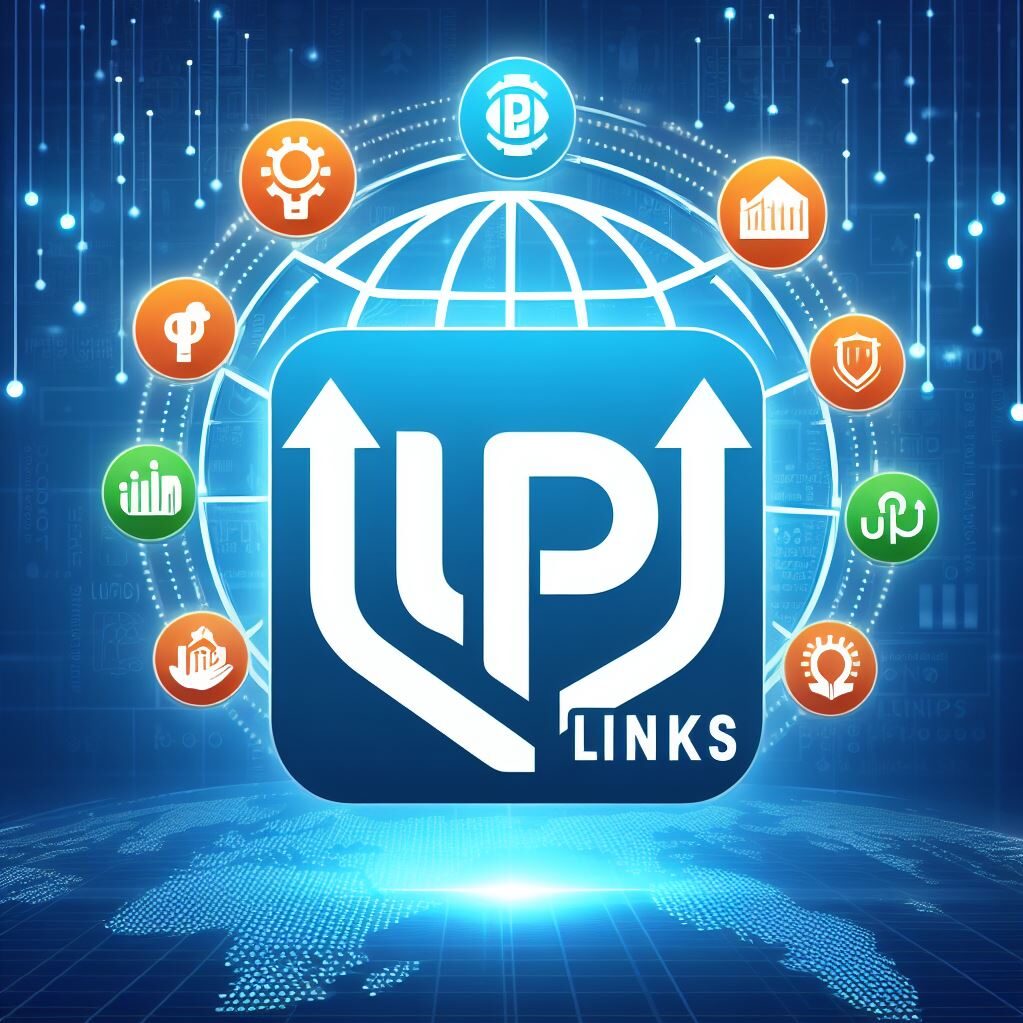In today’s digital landscape, the Unified Payments Interface (UPI) has become the preferred choice for quick and seamless transactions, especially when it comes to cashback rewards. Unlike traditional methods that require bank account numbers and IFSC codes, UPI apps enable instant transfers, often within seconds. While options like credit cards, debit cards, and net banking are still available, UPI’s rise can largely be attributed to its cashback incentives. With so many apps claiming to offer the best cashback, how do you find the right one? Here’s a list of the top 10 UPI apps offering cashback in 2024 to help you maximize your rewards.
Top 10 UPI Apps for Cashback in 2024
| App | Launch Year | Founder | Revenue | Total Downloads |
|---|---|---|---|---|
| PhonePe | 2015 | Sameer Nigam & Rahul Chari | INR 1646 Crores | Over 500 Million |
| Google Pay | 2017 | INR 1467 Crores | Over 1 Billion | |
| Paytm | 2010 | Vijay Shekhar Sharma | INR 7990 Crores | Over 500 Million |
| CRED | 2018 | Kunal Shah | INR 393 Crores | Over 10 Million |
| BHIM UPI | 2016 | NPCI | Not Applicable | Over 100 Million |
| Amazon Pay | 2007 | Amazon | INR 2000 Crores | Over 100 Million |
| MobiKwik | 2009 | Bipin Preet Singh | INR 560 Crores | Over 50 Million |
| FreeCharge | 2010 | Kunal Shah & Sandeep Tandon | INR 287 Crores | Over 10 Million |
| Payzapp | 2015 | HDFC Bank | N/A | Over 10 Million |
| JioPay | 2016 | Mukesh Ambani | N/A | Over 100 Million |

Understanding UPI Cashback
UPI cashback is a promotional reward provided on eligible transactions, effectively lowering the transaction cost. It comes in various forms, such as flat cashback, percentage-based cashback, or category-specific cashback. Rewards usually range from ₹5 to ₹200 depending on the type of transaction, amount, and offer.
Detailed Overview of the Top 10 UPI Apps
1. PhonePe
- Features: Simplified interface, supports multiple bank accounts, automatic payments, and regular cashback rewards.
- Pros: Easy management of accounts, rewarding scratch cards, good customer support.
- Cons: Lacks secure login options, some transactions may get delayed.
2. Google Pay (GPay)
- Features: Strong security, easy online shopping, cashback rewards via digital scratch cards.
- Pros: User-friendly, enhanced security, regular cashback.
- Cons: Occasional delay in rewards.
3. Paytm
- Features: User-friendly, QR scanning for easy payments, diverse bill payment options.
- Pros: Multiple payment options, user rewards, extensive reach.
- Cons: Cluttered interface, room for improved design.
4. CRED
- Features: Cashback on credit card payments, expense tracking, timely reminders.
- Pros: Unique rewards system, focus on financial wellness.
- Cons: Limited to specific transactions.
5. BHIM UPI
- Features: Highly secure, supports Aadhaar integration, rewards for new users.
- Pros: Simple, government-backed, secure transactions.
- Cons: Limited features compared to private players.
6. Amazon Pay
- Features: Easy one-click purchases, Amazon Pay Later, and regular cashback.
- Pros: Convenient for Amazon users, fast payments, good rewards.
- Cons: Cashback mostly limited to Amazon transactions.
7. MobiKwik
- Features: Mobile wallet, bill payments, and Buy Now Pay Later (BNPL) options.
- Pros: Versatile payment options, middle-class focus.
- Cons: Cashback offers are inconsistent.
8. FreeCharge
- Features: Fast payments, bill reminders, mutual fund investments.
- Pros: Broad payment options, investment features.
- Cons: Limited reward options.
9. Payzapp
- Features: Supports online and offline payments, integrated with HDFC Bank.
- Pros: Rewarding with various cashback and loyalty points.
- Cons: Limited to HDFC users.
10. JioPay
- Features: Supports multiple payment modes, international transactions.
- Pros: Secure, fast, great for Jio users.
- Cons: Rewards primarily cater to Jio ecosystem.


